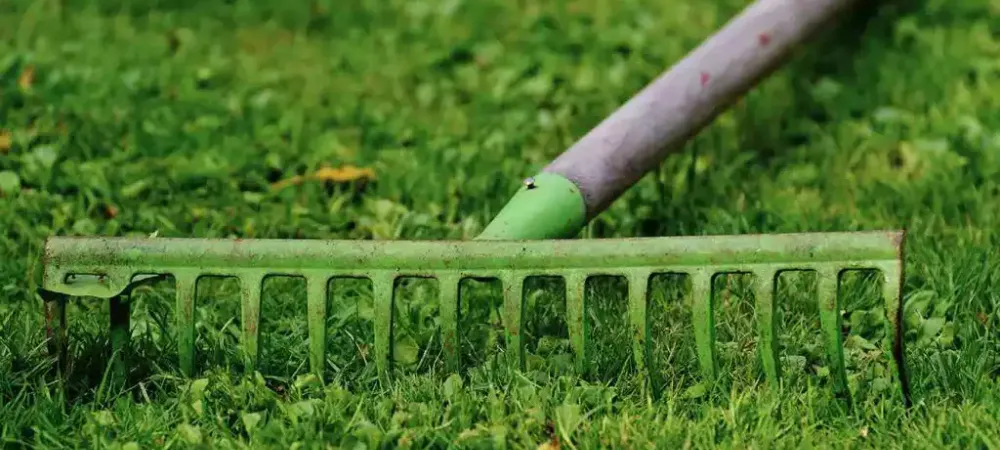The Importance of Raking in the Spring

Winter might leave your lawn looking tired, patchy, or even suffocated under months of snow, ice, and debris. But don’t worry—your lawn just needs a little wake-up call. And that starts with one of the most basic (and underrated) tools in your shed: a sturdy rake.
Whether you’re dealing with compacted soil, matted patches of brown grass, or last season’s debris, raking in early spring is one of the best ways to jumpstart healthy growth and get your lawn ready for the season ahead.
Why Raking Matters After Winter
When snow sits on your lawn for long periods, it blocks sunlight and compresses the grass and soil underneath. This often leads to:
- Matted or dead patches of grass
- Compacted soil that can’t absorb nutrients properly
- Excess thatch buildup, which can suffocate new growth
Raking is your first line of defense against all three. It clears away debris, fluffs up flattened grass, and opens up the surface so water, oxygen, and fertilizer can reach the roots.
How to Rake Your Lawn the Right Way
Raking isn’t just about sweeping away leaves. In the spring, it’s more like giving your lawn a deep-tissue massage to get it breathing again. Here’s how to do it effectively:
- Wait until the lawn is thawed and mostly dry: Raking too early can damage wet or frozen turf. Once the ground is soft and the grass starts to perk up, it’s time.
- Use a flexible metal rake: Leaf rakes are great, but a fan-shaped, spring-tine rake is even better for combing through thick or matted grass.
- Rake deeply, not aggressively: You want to lift out thatch and loosen the surface without tearing up tender new growth. Use firm, even strokes.
- Target problem areas: Focus especially on brown, matted sections. Rake them until the turf lifts and the soil is visible.
- Bag or compost debris: Removing the debris helps prevent mold and disease from setting in.
Dealing with Compacted Soil? Go a Step Further
If your lawn feels hard underfoot or has poor drainage, raking alone may not be enough. You might need to aerate—either with a pitchfork, spiked shoes, or a core aerator—to open up the soil and let nutrients in.
After Raking: Give Your Lawn a Boost
Once the lawn is raked and breathing again, it’s time to help it grow:
- Overseed bare patches with grass seed and lightly rake them in
- Topdress with compost or mulch to feed the soil naturally
- Apply a slow-release spring fertilizer once your lawn is actively growing
Avoid aggressive raking after seeding—new roots are shallow and fragile.
Final Thoughts: Raking is Your Spring Reset Button
Raking might seem simple, but it’s one of the most important spring lawn care tasks. It clears the way for sunlight, air, and nutrients to reach the soil, and that means healthier, greener growth all season long.
Not sure where to start or just don’t have the time? Let the pros at Grasshopper Lawns help you wake up your lawn the right way. Our spring lawn care services are designed to restore your lawn’s health and set it up for success, so you can enjoy a beautiful, green yard without the heavy lifting. Get started with a free estimate!
